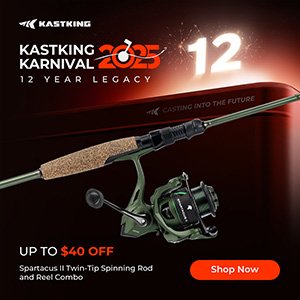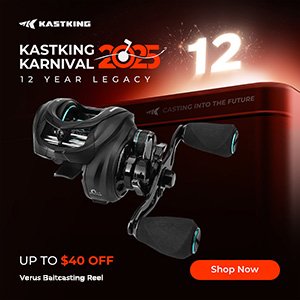The drive to survive is powerful—but even nature’s fiercest instinct may falter in the face of plastic. Once hailed as a marvel of modern innovation, plastic has now entrenched itself in every corner of life. From the clothing on our backs to the food on our shelves, it is ever-present. But the silent victims of our plastic addiction aren’t always human—they’re the animals trying to live in the world we’ve reshaped.
Once upon a time, spotting a bird’s nest built from twigs and leaves was a comforting symbol of nature’s harmony. Fast-forward to today, and it’s no longer surprising to see a bird’s nest tangled with synthetic threads, snack wrappers, or plastic ties. The environmental intrusion of plastic has grown so vast that even remote beaches and hidden lakes glint with the unnatural sheen of discarded waste.
The Invention That Changed Everything
Plastic entered the world stage in 1907, invented by Belgian chemist Leo Baekeland. It was flexible, durable, and cheap—qualities that made it ideal for mass production. But no one foresaw how this “miracle material” would accumulate and persist in our ecosystems. According to EarthDay.org, the amount of plastic produced each year is roughly equivalent to the weight of all human beings on the planet. Since the 1950s, over 8 billion tons of plastic have been manufactured, and only a sliver of that has ever been recycled.
Plastic doesn’t biodegrade. It breaks down slowly—taking anywhere from 20 to 500 years—leaving a toxic trail of microplastics and chemical residue in its wake. These pollutants never fully disappear. They just become smaller, harder to detect, and more impossible to remove.
A Mother’s Tragedy: Annie the Anhinga
This environmental crisis is not abstract—it’s painfully personal for wildlife. Take the heartbreaking story of Annie the anhinga. She was a graceful waterbird, a mother, building her nest with her mate and tending to their three young chicks. One morning, she returned from a hunt with not fish—but plastic—caught around her beak.
The chicks didn’t understand. They pecked at her, begging for food. Annie struggled, flying from tree to tree, rubbing her beak on branches and rocks in a desperate attempt to remove the plastic. She couldn’t. And then she disappeared—presumably unable to eat, exhausted, and defeated.
Her mate tried his best to care for the hungry chicks. But one adult bird can only do so much. He managed to keep two chicks alive, but the smallest—left unfed—grew weaker and eventually died. One piece of trash had unraveled an entire family’s future.
This is not a rare tragedy. It’s a daily reality, unfolding again and again in countless nests, oceans, and forests.
Ocean Plastic: A Hidden Famine
Marine animals suffer similarly tragic fates. Sea turtles, for instance, mistake floating plastic bags for jellyfish—their preferred food. Many are found with stomachs full of plastic, slowly starving while their bellies feel full. In Florida, it’s nearly impossible to find an osprey nest without plastic tangled in the sticks.
Microplastics, the invisible culprits, are even more sinister. They infiltrate water, soil, and even the air we breathe. Shorebirds have been observed trying to feed bits of plastic to their young, believing it to be food. In one documented case, a sanderling—a small coastal bird—spent ten minutes trying to break down a piece of plastic too large to swallow. Only its size saved it from choking.
Even when help is possible, it’s not guaranteed. A lucky sandhill crane had plastic removed from its beak with human intervention—but most wildlife isn’t that fortunate.
Small Actions, Big Impact
The scale of the plastic problem can feel overwhelming, but each of us has the power to make a difference. The truth is, many solutions are shockingly simple:
- Cut plastic rings (like 6-pack holders) before disposal—they can strangle animals.
- Buy unpackaged produce from local markets and co-ops whenever possible.
- Reuse bags and containers instead of purchasing new ones.
- Start a compost bin—it reduces food waste and cuts back on the need for trash bags.
- Clean up trash when you see it, even if it’s not yours.
- Join or organize cleanup events at local parks, rivers, or beaches.
Our daily decisions matter. Every piece of plastic avoided is one less potential trap for a curious chick or a hunting sea turtle.
The Call to Awareness
Annie the anhinga, the sanderling with the stubborn plastic scrap, and countless unnamed victims remind us of a bitter truth: wildlife doesn’t understand plastic—but they suffer its consequences. The consequences of our convenience.
Their stories are a call to pay attention, to notice what we throw away, and to understand what is truly at stake. Because the real question isn’t whether they can survive in a world made of plastic—it’s whether we can afford to let this continue.
Staci-lee Sherwood is a lifelong preservationist and environmentalist, whose writing and photography aim to give a voice to the voiceless creatures of our planet. She lives on the East Coast with her rescue cats and a deep love for wild spaces.



